The Trinity River, which begins in the Trinity Alps and eventually joins the Lower Klamath River on its way to the Pacific Ocean, is renowned for its strong returns of both steelhead and salmon. The river serves as both a recreational haven for fisherman and other outdoor enthusiasts as well as a subsistence fishery for the Hoopa Indian Tribe. Over a decade ago, habitat studies were initiated whose results led to the establishment of the Trinity River Restoration Program (TRRP), which began efforts to reverse damage caused by dam and water diversion projects established during the 1950s and 1960s and to restore naturally-spawning populations of salmon and steelhead to near pre-dam levels. Today, fishing guides and the California Water Impact Network (C-WIN) are calling for a halt to these restoration efforts.
In a letter to the TRRP, co-authored by the Trinity River Guide Association and C-WIN, these organizations are requesting that a moratorium be placed on further restoration efforts -- halting Phase 2 of the TRRP slated to begin in 2012 -- until a proper assessment of Phase 1 efforts can be completed. Specifically, Phase 1 efforts have raised concerns regarding the fill-in of holding pools due to the introduction of excess gravel introduction into the river as well as the failure of side channels constructed as part of restoration efforts. The letter calls the TRRP's restoration efforts "ill-designed", stating that there has been "significant negative environmental consequences of the TRRP’s actions that have not been adequately analyzed ... and we can no longer idly stand by."
The TRRP, which is an inter-agency cooperative of governmental organizations which includes the Department of the Interior, NOAA, the U.S. Fish and Wildlife Service, the U.S. Forest Service and four other agencies, has been criticized for failing to communicate with public organizations and individuals. In a recent press release, Tom Stokely of C-WIN stated “The Interior Department and the Trinity River Restoration Program are not responsive to public concerns. The Guides Association wrote a letter on March 14, 2011 that has still not received a response. It’s inexcusable.”
To learn more about the current state of the Trinity River and current restoration efforts, visit the Trinity River Guides Associations, C-WIN or the Trinity River Restoration Project.




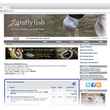

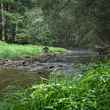




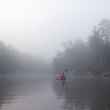




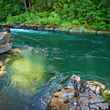
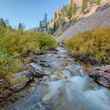




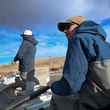



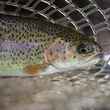




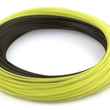

Comments